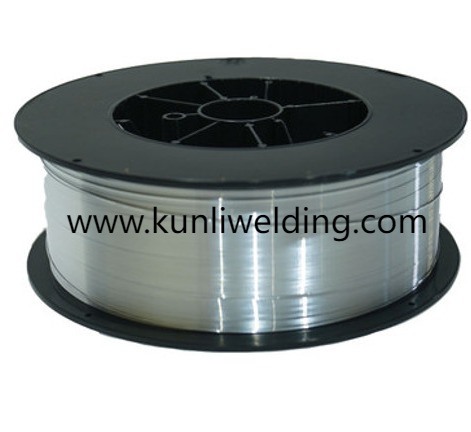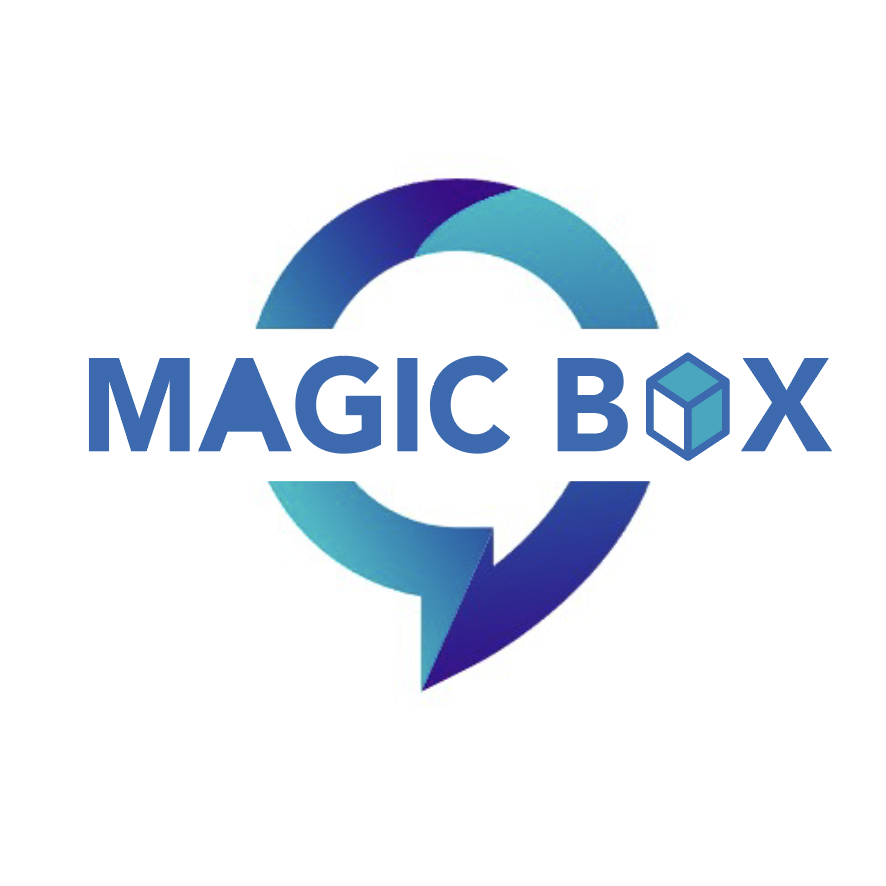Sustainable Filler Options: Recycled Aluminum ER4943 Applications

In the wake of growing attention on electric vehicle expansion and large scale renewable energy rollouts, many welding engineers are evaluating how Aluminum Welding Wire ER4943 compares to other filler metals for demanding industrial applications. As fabrication shops adapt to tighter environmental regulations and supply chain shifts, selecting the right aluminum filler has become a focal point for maintaining joint integrity, controlling costs, and meeting evolving project requirements.
When assessing filler options, ER4943 stands out for its balanced silicon and magnesium content, which delivers smooth flow and strong fusion across a range of aluminum base alloys. Compared with wires designed for high magnesium levels, ER4943 offers a more fluid weld pool that reduces the risk of burn through on thin sections—a benefit that resonates in news about lightweight transit vehicle bodies and delicate aerospace brackets. Its ability to wet out oxide layers efficiently also supports cleaner weld beads, cutting down on post weld grinding and surface finishing.
In contrast, high strength magnesium rich fillers excel in structural components where load bearing capacity is paramount. These alloys yield elevated tensile properties that suit marine frames and offshore platform assemblies featured in headlines about coastal energy projects. Yet their stiffer arc and higher heat requirement may introduce distortion in sheet metal panels if not carefully controlled. Fabricators weighing these trade offs must consider whether strength gains justify additional fixturing or heat sink measures during welding.
Another class of fillers emphasizes silicon enrichment to optimize fluidity. These alloys flow readily into tight joints and can fill root gaps more effectively during automated welding processes. As smart manufacturing integrates more robotic arms on assembly lines, the predictable weld pool behavior of silicon rich wires reduces downtime tied to parameter adjustments. However, their mechanical strength remains moderate, making them more suitable for non critical housings and decorative structures where visual quality takes precedence over structural loads.
Corrosion performance also factors into the selection process. ER4943 demonstrates satisfactory resistance in many outdoor and mildly corrosive environments. For highly aggressive atmospheres—such as those encountered on offshore wind towers—fabricators may turn to specialized alloys with enhanced copper or zinc additions that form more robust surface films. These wires deliver extended service life under salt spray conditions but may demand additional cleaning protocols to avoid intermetallic segregation during cooling.
As sustainability gains emphasis, recycled content in filler wire has become part of the conversation. Some manufacturers now offer environmentally conscious alloys that incorporate post consumer aluminum scrap while maintaining consistent composition. ER4943 formulations adapted to include recycled feedstock support circular economy goals without compromising weld reliability. Fabricators engaged in green building projects and eco finance schemes can document their use of recycled welding materials to align with certification criteria.
Equipment compatibility also shapes filler choice. Thicker wires designed for high deposition rates suit heavy fabrication shops tackling large vessels and pressure vessels. Their robust feedability supports extended weld runs on underground pipeline segments and tank car assemblies. On the other hand, finer diameter wires—such as those in ER4943 offerings—provide greater control for TIG welding and detailed repair work on aluminum castings and thin sheet assemblies.
Cost considerations must account for the total cost of ownership. While premium specialty fillers may carry a unit price premium, the reduction in rework, material waste, and finishing labor can offset initial expenses. Conversely, more economical silicon rich wires can drive down per unit cost but may require trade offs in joint strength or corrosion longevity. Project managers should crunch these variables against budget constraints and performance targets, especially in large infrastructure programs where small savings per joint scale to significant totals.
To navigate these complex comparisons, many teams collaborate closely with wire suppliers who offer application support and parameter optimization services. Real time troubleshooting via virtual platforms helps shops adapt weld procedures to new base metal grades or shifting environmental conditions on site. This partnership approach accelerates project timelines and builds confidence that the chosen filler will meet both technical and regulatory requirements.
For those exploring how Aluminum Welding Wire ER4943 matches up to alternative alloys, detailed insights and application guides are available at www.kunliwelding.com/product/ , where you can delve into product bulletins, troubleshooting tips, and expert consultation options. By examining the nuanced trade offs among fluidity, strength, corrosion resistance, and sustainability, fabricators can make informed decisions that align with current industry trends and project goals.

